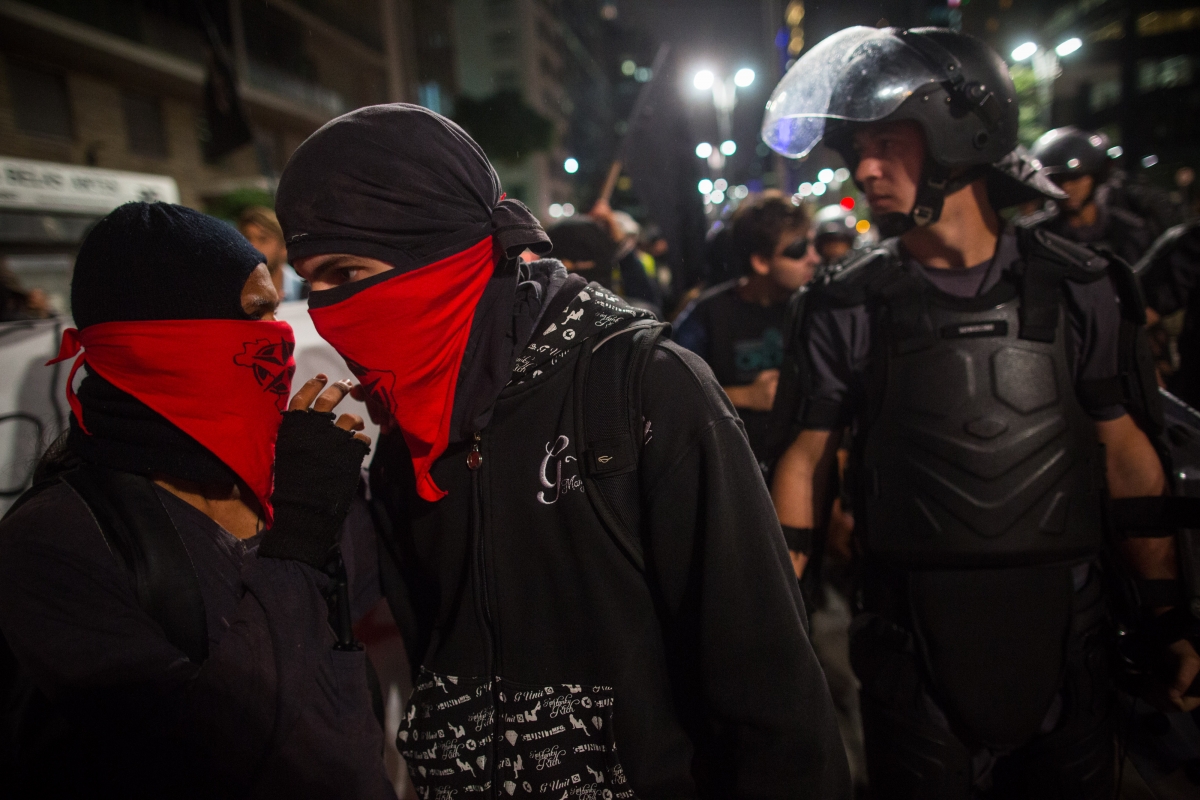 A global operation that began apparently in 2001. While this article is not fully vetted, there is no reason to assume it is false.
A global operation that began apparently in 2001. While this article is not fully vetted, there is no reason to assume it is false.
Blocks away from the swearing in on Inauguration Day for Donald Trump, there were several pockets where all kinds of nasty things were going on by people associated with the Black Bloc. As reported by USA Today in early February:
Swarms of people dressed in black invaded what was supposed to be a peaceful demonstration against right-wing commentator Milo Yiannopoulous on Wednesday evening.
The group tossed smoke bombs, set fires and started fights on the University of California – Berkeley campus where Yiannopoulous was slated to speak. He never would.
The protest’s organizers, the Berkeley Against Trump coalition, said the peaceful acts of the 1,500 demonstrators were marred by 50 to 75 anti-fascist Black Bloc protestors.
Outside of Berkeley, media outlets have linked Black Blocs to a number of modern protests, most recently in efforts opposing President Donald Trump. The Nation credits a Black Bloc protestor with punching alt-right leader Richard Spencer in the face on Trump’s inauguration day. The Washington Post said Black Blocs were involved with violent protests in Washington, D.C. on inauguration day and in Portland following Trump’s election win.
*** For more on the tactics, training and preparation of Black Bloc, go here.
So, where are we now on those protestors in Washington DC?
Per the indictment in part:
(hereinafter, the “Rioting Defendants”) willfully engaged, incited, and
urged other people to engage in a riot, that is, a public disturbance involving an assemblage of
five or more persons, that by tumultuous and violent conduct and the threat thereof, resulted in
serious bodily harm or property damage in excess of $5,000.
- lt was a part of this riot that the Rioting Defendants and others gathered on the
morning of January 20, 2017 , in and around Logan Circle located at 1 3m Street and P Street
NW, Washington, D.C.
- lt was a part of this riot that, on January 20, 2017 ,The Rioting Defendants used a
tactic called the “Black Bloc” in which individual defendants wore black or dark colored clothing,
gloves, scarves, sunglasses, ski masks, gas masks, goggles, helmets, hoodies, and other face concealing
and face protecting items to conceal their identities in an effort to prevent law
enforcement from being able to identify the individual perpetrators of violence or destruction.
- lt was a part of this riot that, on January 20,2017, to facilitate violence and
destruction, individual defendants and others participating in the Black Bloc armed themselves
with items that could be used to damage persons and property. These items included hammers,
crowbars, metal poles, wooden sticks, wooden poles, bricks, rocks, pieces of concrete, lighters,
flares, firecrackers, and other explosive devices.
- lt was a part of this riot that, on January 20, 2017, individual defendants and
others participating in the Black Bloc brought face masks, gas masks, and goggles to eliminate
or mitigate the effectiveness of crowd control measures that might be used by law enforcement.
- lt was a part of this riot that, at or about 10:19 AM on January 20, 2017 ‘The
Rioting Defendants and others moved south from Logan Circle on 13h Street NW as part of the
Black Bloc.
7 . lt was a part of this riot that, at about 10:19 AM on January 20′ 201 7, individuals
participating in the Black Bloc carried flares and lit firecrackers and fireworks as the Rioting
Defendants and others moved south on 136 Street NW.
- lt was a part of this riot that, at or about 10:2 1 AM on January 20, 201 7, within
t\ /o (2) blocks of leaving Logan Circle, individuals participating in Black Bloc started breaking (..)
Read the full document here along with the 200+ that were arrested and charged.



 AFP
AFP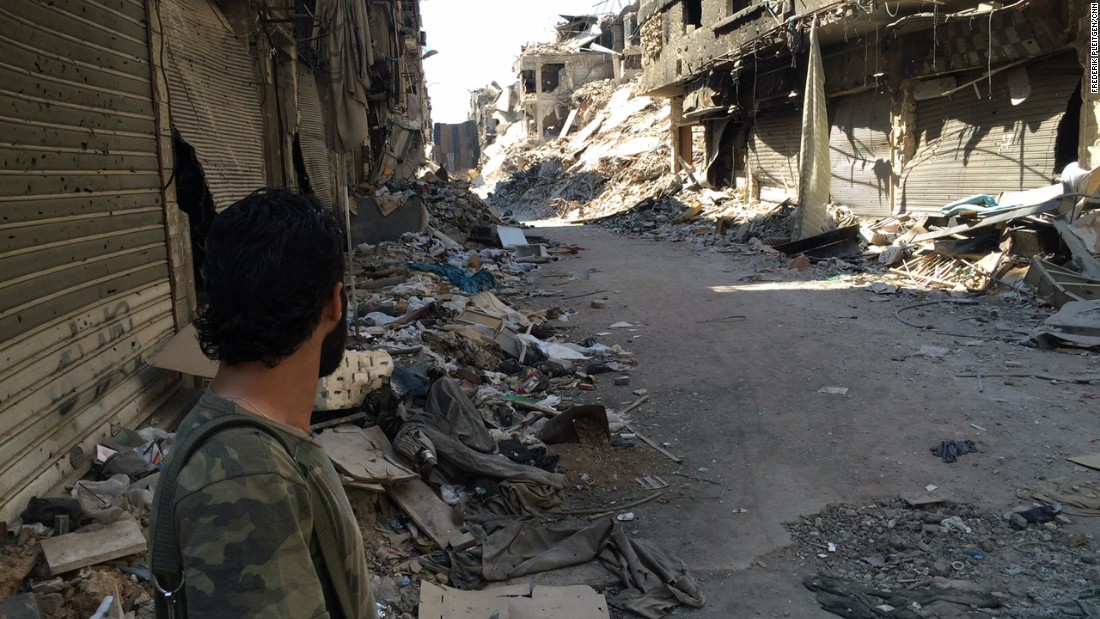
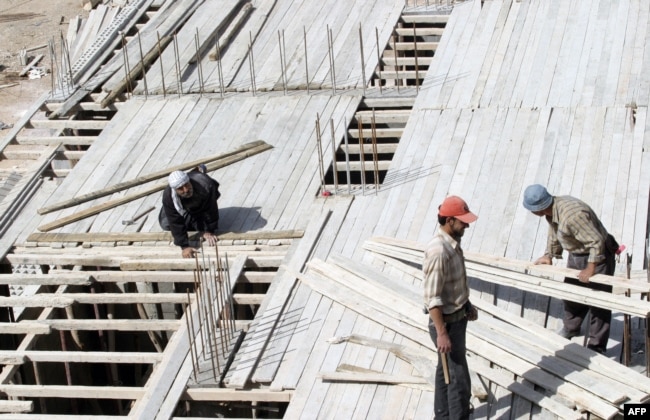
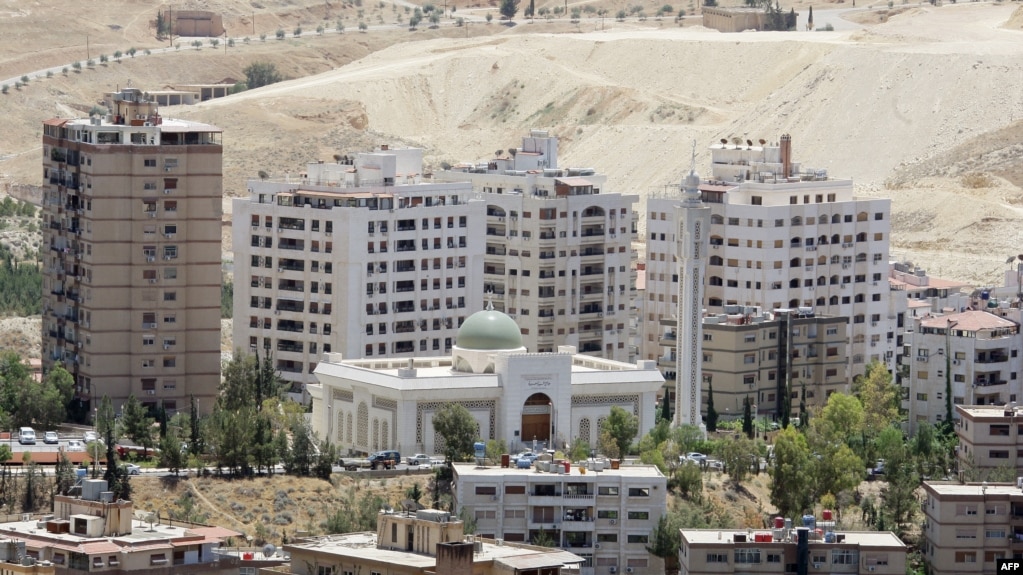
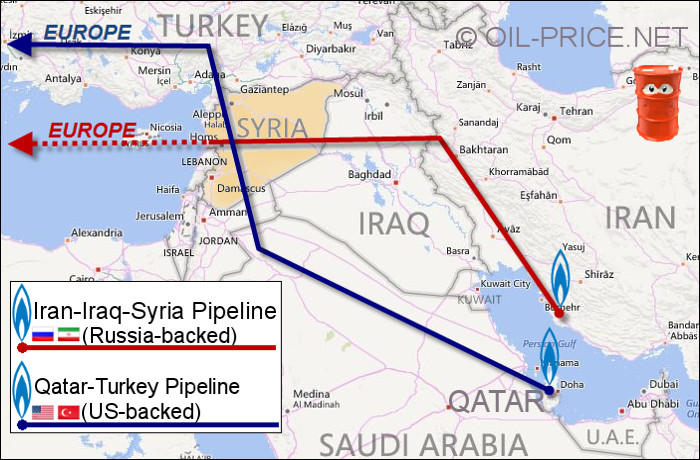

























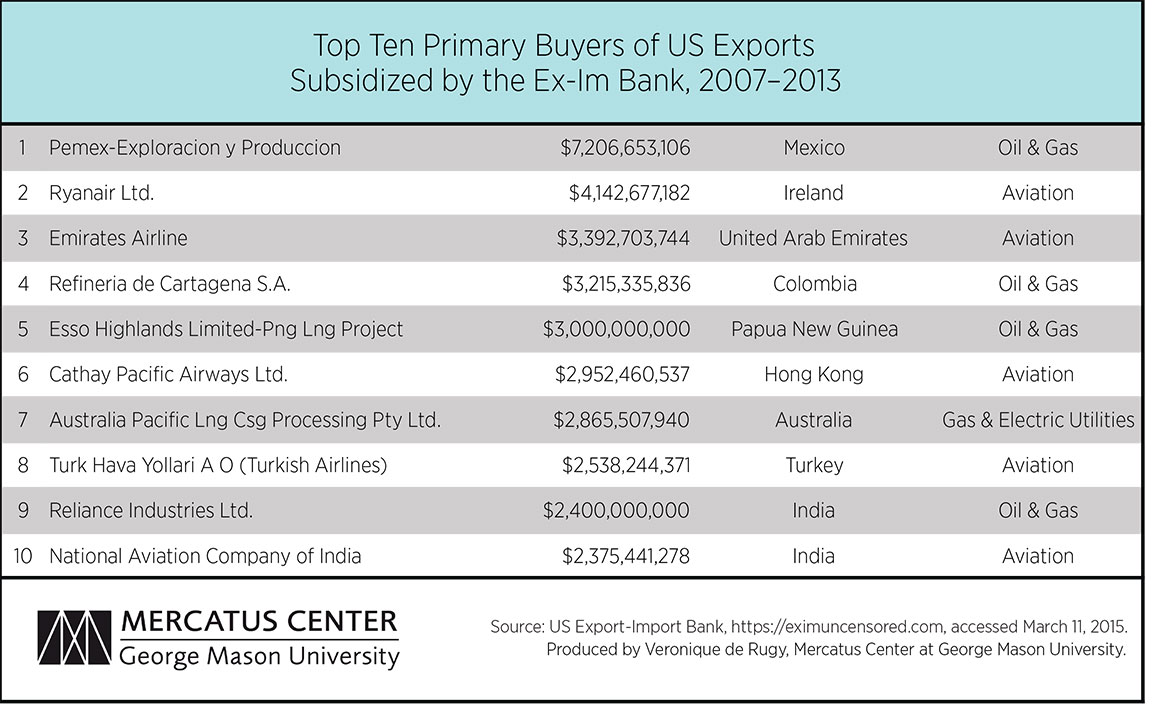
 Now the private and free enterprise system and corporations should have success. But are these companies standing on their own or just part of another circle jerk for political favors? Hah….rhetorical question until you see who is participating. How about Google….the most profitable and successful tech company out there. Well yes but… Besides Intel, Google is the top tech company
Now the private and free enterprise system and corporations should have success. But are these companies standing on their own or just part of another circle jerk for political favors? Hah….rhetorical question until you see who is participating. How about Google….the most profitable and successful tech company out there. Well yes but… Besides Intel, Google is the top tech company